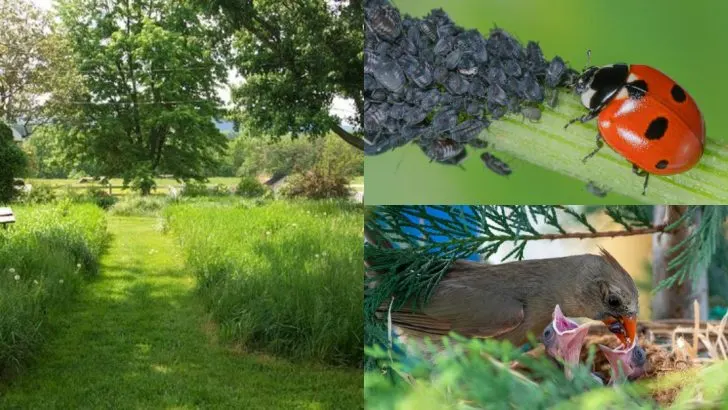Your lawn will rebel. And it won’t be subtle about it. Give it a few weeks, and that neat green carpet you once knew starts growing wild tufts, strange stalks, and mystery weeds. Birds move in. Bugs throw a party. Your neighbors start whispering. But beneath the chaos? Magic. Seeds you never planted wake up. Pollinators return. Soil heals. What looks like neglect might just be the best thing you’ve ever done for your yard. Of course, it’s not all butterflies and meadow dreams. Letting go comes with surprises—some delightful, others… less so. So what really happens when you ditch the mower for an entire year? Let’s find out.
Wildflower Wonderland
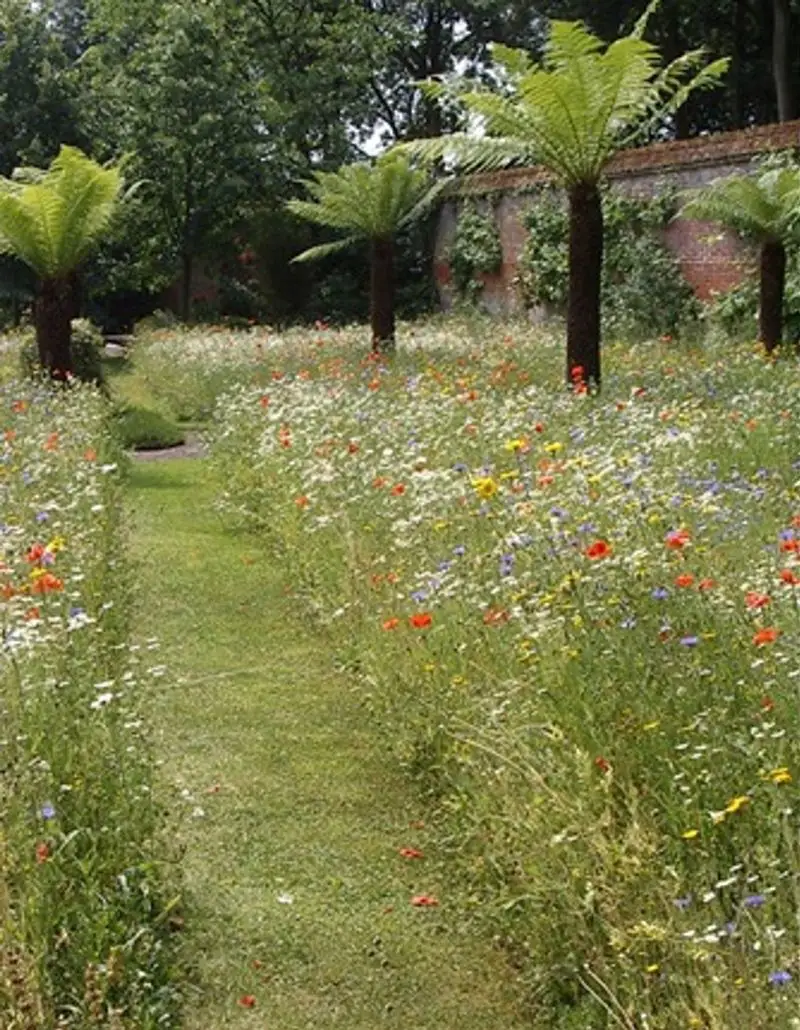
Bright blossoms sprout like confetti across the landscape, a spontaneous celebration of nature’s palette. Native wildflowers find their way back, painting the scene with splashes of vibrant color. This resurgence not only beautifies but attracts pollinators, creating a buzzing symphony of life. As daisies and clovers dance with the wind, bees and butterflies join the party, enhancing biodiversity. This natural comeback fosters an ecosystem teeming with life, proving that sometimes less intervention leads to more beauty. Witnessing such a transformation might inspire you to rethink your gardening practices.
Home for Wildlife
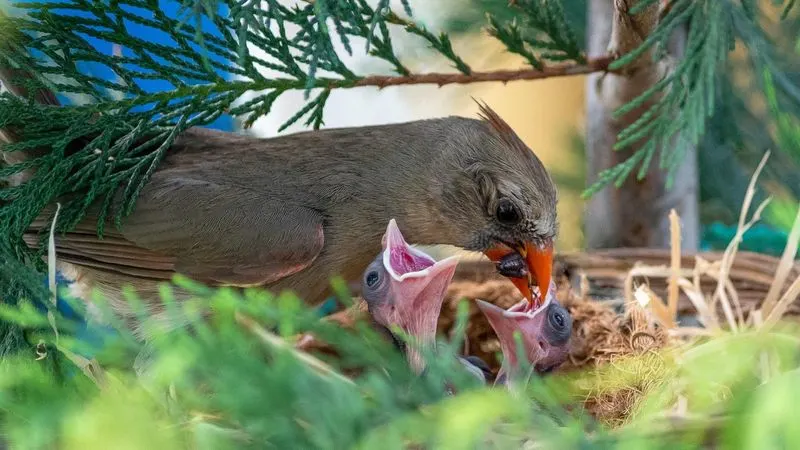
Tall grass becomes a sanctuary, providing shelter to small critters and nesting birds. Rabbits hop freely through their newfound haven, while birds nestle into the grass’s embrace. Without the whir of the lawnmower, these animals find peace, creating a lively neighborhood of rustling leaves and chirping melodies. This refuge not only supports familiar faces but also invites new visitors, enriching the wildlife tapestry. Observing this hub of activity can bring joy and a sense of connection to nature, reminding us of the harmonious coexistence that can be achieved.
Soil Health Revival

Beneath the surface, unseen wonders unfold. With roots stretching deeper, soil structure improves, inviting earthworms and beneficial organisms to thrive. This hidden network enhances nutrient recycling, creating a fertile foundation for future growth. The absence of mowing reduces soil compaction, allowing water to penetrate more effectively, reducing runoff. As organic matter accumulates, the soil becomes a bustling hub of activity, fostering resilience and vitality. This rejuvenation process, ignited by nature’s wisdom, underscores the intricate connections within our ecosystems.
Natural Pest Control
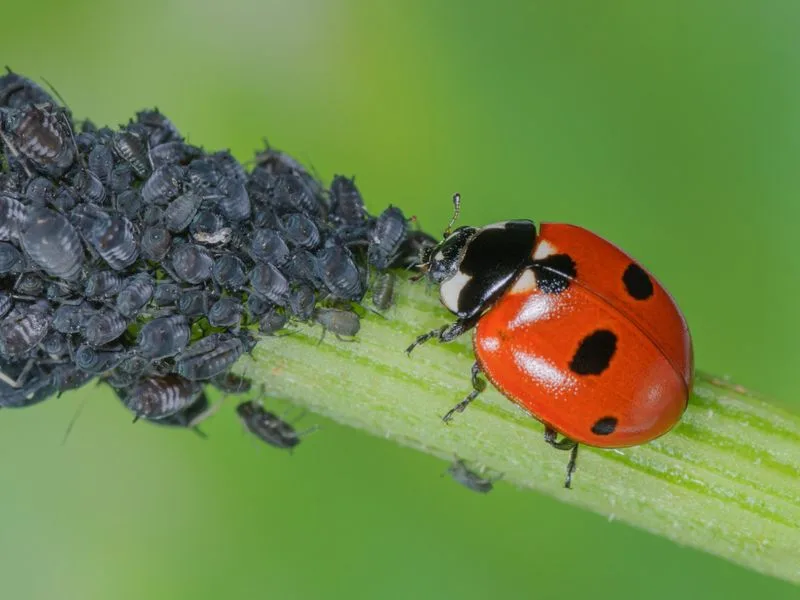
As nature reclaims the lawn, a balanced ecosystem emerges. Predatory insects like ladybugs and spiders set up residence, keeping pest populations in check. This dynamic interplay reduces the need for chemical interventions, offering a sustainable solution to garden nuisances. Watching these tiny guardians patrol their domain highlights nature’s efficiency in maintaining balance. Their diligent work ensures a healthier environment, where plants can thrive without synthetic aid. This natural equilibrium showcases the power of letting go and trusting the ecosystem to manage itself.
Aesthetic Transformation
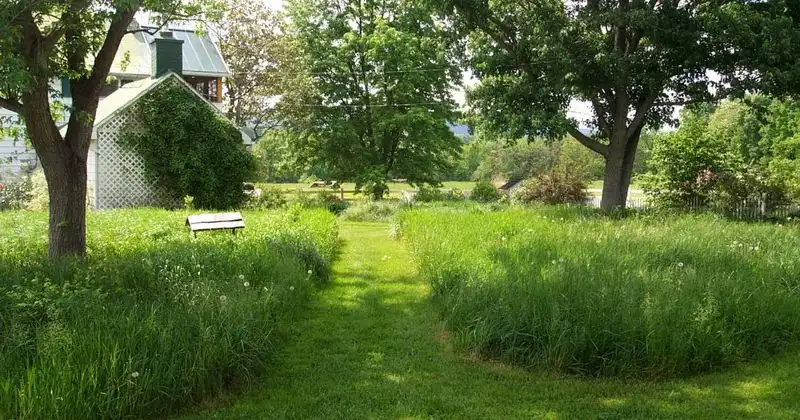
What was once manicured and uniform becomes a wild tapestry of textures and heights. Tall grasses sway like waves, interspersed with patches of color from blooming flowers. This organic aesthetic appeals to those seeking a more natural, serene space. The ever-changing scenery captivates, offering a fresh perspective each day. Without the constraints of regular trimming, the landscape evolves, revealing nature’s artistry. This transformation encourages a shift in perception, valuing the beauty of imperfection and the allure of the untamed.

